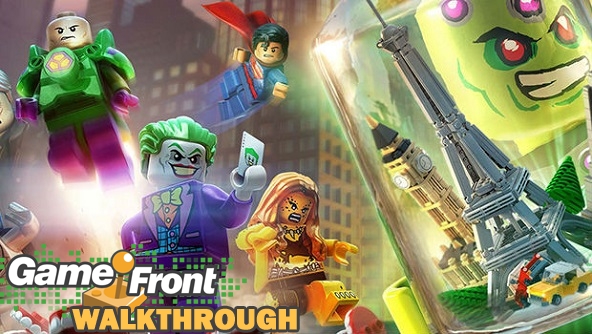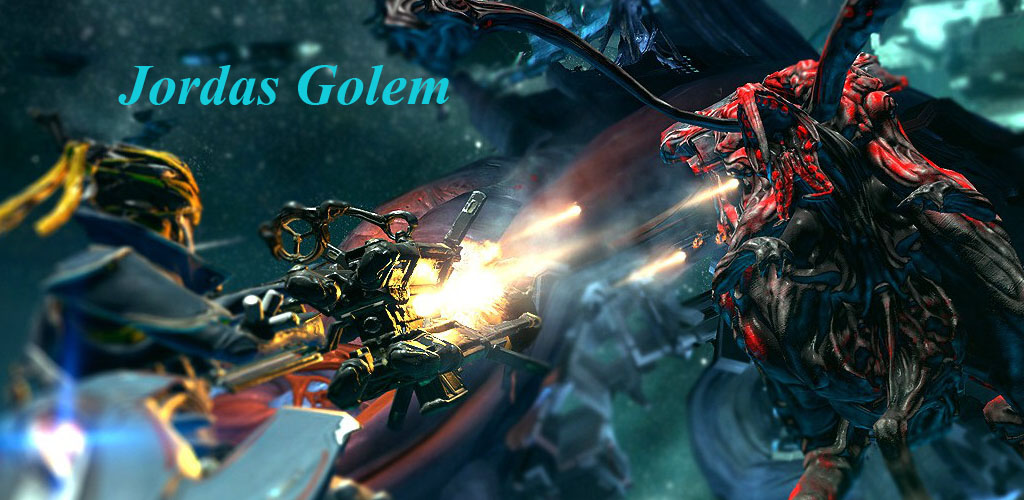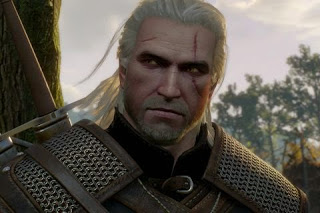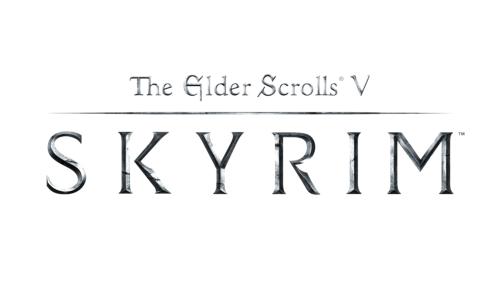

By now most gamers have heard the claims that The Order: 1886 is a short game. If those gamers were quick enough, they saw the playthrough or at least heard tell of the playthrough, which in turn inspired an interesting conversation about game length and value. And while developer Ready at Dawn did their best to assure gamers that the completion times were grossly mirsrepresented, the trepidation with regards to buying The Order remained.
In most cases a review should help clear up any of that confusion, but where The Order: 1886 is concerned it’s difficult to clearly delineate who the game is and isn’t for. It has bright spots, there’s no question about that, but it also has some serious flaws. It’s a game that shows a lot of potential at a glance, but digging deeper reveals a confusingly misguided experience.
As the name implies, The Order: 1886 takes players to the 19th century and casts them as the seemingly immortal knight Galahad. Thanks to a special liquid called Blackwater, Galahad and his fellow knights have been able to live far longer than the average human and survive almost any wound, but that time has also exposed them to tremendous horrors. Since the Knights of the Round table were first formed, The Order have been locked in an endless battle with werewolf-like half-breeds called Lycans, but only recently has the threat reached a tipping point. Galahad and his cohorts believe something mysterious is going on in the town of Whitechapel and as you might expect, they’re right.
The set-up for The Order: 1886 was always a big draw, and that’s even more true in the finished product. The game is one of the few story driven experiences to deliver characters with genuine personalities in a setting that feels wholly original. Granted, there are some missed opportunities when it comes to exploring the history of The Order, but that’s also part of the game’s appeal. It never feeds the player information, but instead lets them make the connections. The only real downside to The Order’s story is that it treads some familiar supernatural territory. The individual details are compelling, but the story beats chart a fairly predictable path.
If there’s one thing that The Order gets absolutely right, though, it’s the world building. The color palette may be muted and players will spend a fair amount of time in corridors, hallways, and tunnels, but behind all that Ready at Dawn has crafted a unique alternate history version of London that, while familiar, has some great steam punk flourishes. The skyline may look like 19th century London, but the giant airships say otherwise. Even more than that, though, the tiny details in the design of each locale, from the murky haze that hangs over the streets to the sharp lighting in hallways and tunnels, The Order’s design mixes the Victorian with the gothic in some truly astounding ways.
Building off of that, The Order: 1886 truly embodies the term visual showpiece. Every frame of the game packs a tremendous amount of detail, from the buttons on the characters’ costumes to the individual bricks in the old fashioned buildings. It’s rare that players will stop and stare at the scenery or the background, but The Order inspires that type of wonder. To put it more bluntly, The Order: 1886 is a fantastic looking game from top to bottom, and runs with minimal hiccups.
But looks will only get a game so far, and in The Order’s case the design and the detail are the glossy veneer that try to spruce up a very straightforward third person shooter. It’s straightforward in the sense that there is little room to venture off the beaten path during gunplay, and in how it presents the actual shootouts. In most cases, the player will enter a room/corridor/somewhat open area, take out every enemy, and move on. Eventually, the human enemies get a little tougher (not smarter), and are outfitted with better weaponry, but the encounters themselves rarely deviate from the central formula.
Any time a Lycan enters the scene, the gunplay changes up slightly, but not in a good way. Lycans may look like menacing foes, but their AI is programmed to do three things: charge at the player, attack, and retreat – in that exact order. There are occassioanl moments where stronger Lycans appear, but those encounters are glorified quicktime events. They’re cool as interactive set pieces, but far from innovative. For a major selling point of The Order’s marketing, the Lycans are a huge missed opportunity.
While the gameplay may be derivative, The Order: 1886‘s mechanics are solid, but that’s to be expected from a standard third person shooter. The unique weapon types add variety to the mix, but there are far too few of them in the game. And in most cases, a standard rifle or hand cannon will do the trick, even if the Thermite Rifle or Arc Gun look cooler when dispatching enemies. It may not be totally mindless, but the gunplay does little to innovate on the third person genre. The scenery changes, but players are still crouching behind waist high cover, taking out sitting duck enemies, and then moving forward.
In between those shootouts, however, The Order skirts as close as it can get to an on-rails experience without actually taking direct control away from the player. Cutscenes have their fair share of quick time elements, but many play out with zero player interaction. The traversal, on the other hand, gives players a little more agency, but doesn’t ask them to do much. There’s some light, Uncharted-esque platforming, and a few stealth sections, but by and large players will spend a lot of their time walking from point to point. It’s not boring by any means, mostly because the scenery is always fun to look at, but this is as straightforward as one can get when it comes to progression.
Ultimately, that very linear, oftentimes hands-off approach is what makes The Order feel shallow as a complete experience. Average players should get through the story in 6-8 hours, but close to half of that time will be spent either walking forward or watching a cutscene. For those who enjoy the world and story of The Order that will hardly be a bother, but the lack of player agency is a confusing choice. Whole story chapters, for example, can go by without the player needing to pick up the controller. Because of that, it’s going to be hard to outright recommend The Order: 1886 to anyone. Every recommendation will need to include qualifiers like how much a player values story, how they feel about third person shooting mechanics, and if they actively seek out well designed games. Those who do fit that criteria, though, will find The Order tells a unique story bolstered by stunning art direction.
Everyone else will have a harder time pulling the trigger on a full price purchase, even though the base that Ready at Dawn has created is solid and full of potential. The serviceable gunplay, traversal, and occasional boss fight also show some flashes of innovation, but those elements are so straightforward it’s hard to be fully engaged. The game entertains as a whole, but there are far too many instances where The Order feels like an interactive movie and not a video game. Save this one for a discount purchase or a rental.
Are you looking forward to playing The Order? What are your hopes for the game? Let us know in the comments below.
The Order: 1886 releases February 20, 2015 for PS4. Game Rant was provided a PS4 code for this review.
_____________________________________________
_____________________________________________




 Warframe: The Jordas Golem
Warframe: The Jordas Golem 3 Simple Ways to Save Online Recipes This Holiday Season
3 Simple Ways to Save Online Recipes This Holiday Season Call of Duty: Modern Warfare 2 Guide
Call of Duty: Modern Warfare 2 Guide The Witcher 3: Wild Hunt - Gwent Card Locations
The Witcher 3: Wild Hunt - Gwent Card Locations The Elder Scrolls V: Skyrim Guide
The Elder Scrolls V: Skyrim Guide